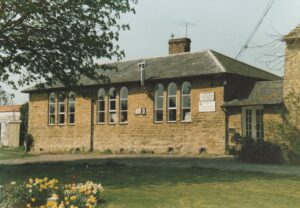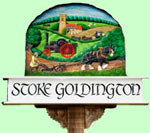For centuries most rural children had very little education or training, other than the skills that they learned in order to help the family – agricultural labouring (boys) and lace making (girls) – usually from quite young ages
STOKE BRITISH SCHOOL
In 1837 the first structured non-denominational British School for the children was set up in Stoke Goldington, initially held in a rented cottage opposite the Manse/Chapel in the High Street.
The fees charged were two pence (2d) per week for the 1st child in a family and one penny (1d) for each subsequent member of the family. This money was given to the Master as wages, being made up to ten shillings by the committee, if necessary.
There was some discord over the religious teaching with the Church of England, who took steps to set up their own rival educational establishment, also in 1837
The British School had continual problems with finances and support from the local area and was unable to continue beyond June 1845, when it was closed. read more…
The children were then accepted by Rev. Fiennes Trotman, the Headmaster of the National Church school.
THE NATIONAL CHURCH SCHOOL
The Church school was set up in the same year as the British School and the pupils were first taught in nearby premises until funds were obtained to build new premises
The present primary school building was begun in October 1838 and located on the village green, donated to the village by James W. Carlile.

Church of England Primary School
For a description of Children’s Games played locally between the wars click here
